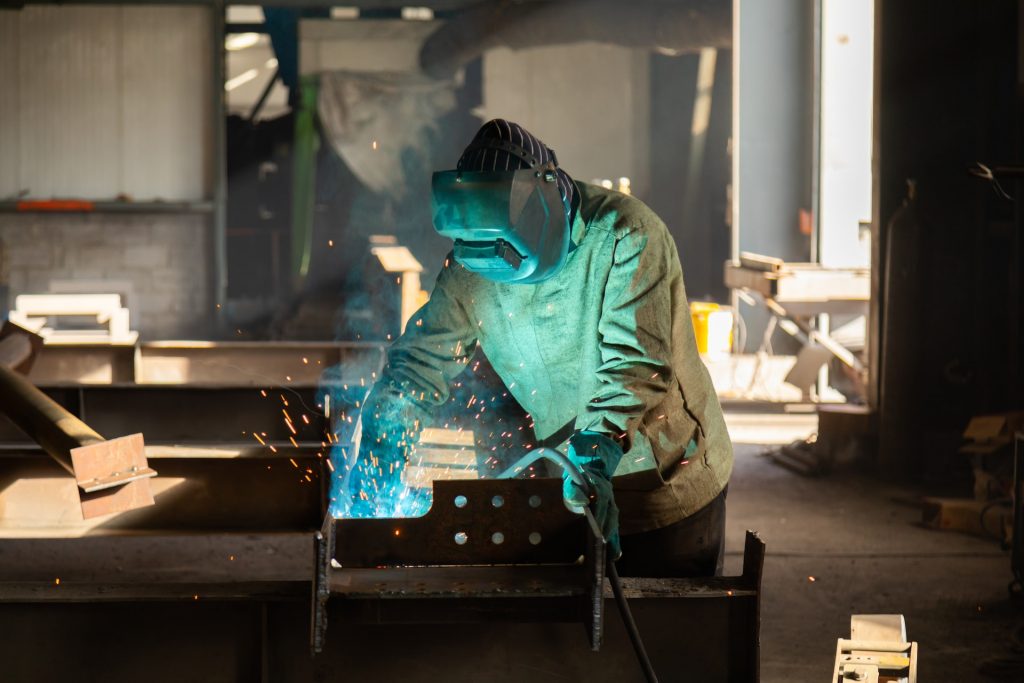It’s an emerging trend aimed at increasing employee engagement and team performance: job crafting, or the act of shaping one’s work to find more meaning in it. French platform Somanyways, a specialist in the field, has just released a guide on the subject. Here’s an explanation.
In the realm of human resources, there’s often a focus on negative trends and problematic issues: silent resignations, deterioration of the candidate experience, information overload, mass resignations, etc. However, there are also innovative solutions to address disengagement and high staff turnover.
Somanyways details one such solution in its latest white paper: job crafting, which could be translated as personalizing one’s profession.
Job crafters don’t just execute their tasks; they redefine their contribution to the organization based on what truly drives them. They seek to align their job with their aspirations and leverage their uniqueness to address the company’s challenges,” the firm states.
What is personalizing one’s profession?
This practice involves crafting (from the English word “craft”) one’s own work. It’s a spontaneous process of adapting one’s work voluntarily, with the aim of finding more meaning in it. “This can relate to the content of the work, work relationships, and also one’s perception of their work,” says Sylvaine Pascual, a coach and author of a short book on the topic a few years ago. It can also include the ability to adjust the modalities and organization of one’s work.
The concept isn’t new. The term was coined in the early 2000s by American researchers Jane Dutton and Emy Wrzesniewski. They realized that finding meaning in work is closely tied to employees taking ownership of their roles. In other words, having the ability to influence one’s work is a powerful motivator.
This insight is directly derived from the self-determination theory, which we discussed on Isarta recently. It distinguishes between intrinsic motivation (coming from oneself) and extrinsic motivation (coming from others). To explain this concept, Somanyways also references the “Ikea effect”. This psychological bias, theorized by Duke University psychology professor Dan Ariely, means we value and are more attached to what we create ourselves.
Applied to the workplace, this effect takes on another dimension. The more employees participate and invest in designing their work, the more they value it. The result? An increase in their motivation and commitment,” the guide mentions.
Ingredients for success
So, how can employees be empowered to influence their own work? Somanyways talks about a systemic approach at various levels of the company:
- The executive team must provide a culture and tools that allow this individual approach to fully flourish.
- Managers must create the right conditions through conversations or exchange spaces.
- Employees, in turn, must identify and then express their needs to align them with what would allow them to thrive in their work. A genuine introspection is necessary beforehand to understand what truly matters to each individual in their profession.
However, be wary of some pitfalls when implementing this approach. On one hand, it should be a proactive initiative from the employee. It can be encouraged but not imposed. On the other hand, it must be accompanied by a process of empowerment on the part of managers and is therefore not compatible with micromanagers.
Now, to improve your team’s engagement and reduce stress and conflicts at work, you know it’s better to empower them in their work rather than offering them fruit baskets or arcade games!




